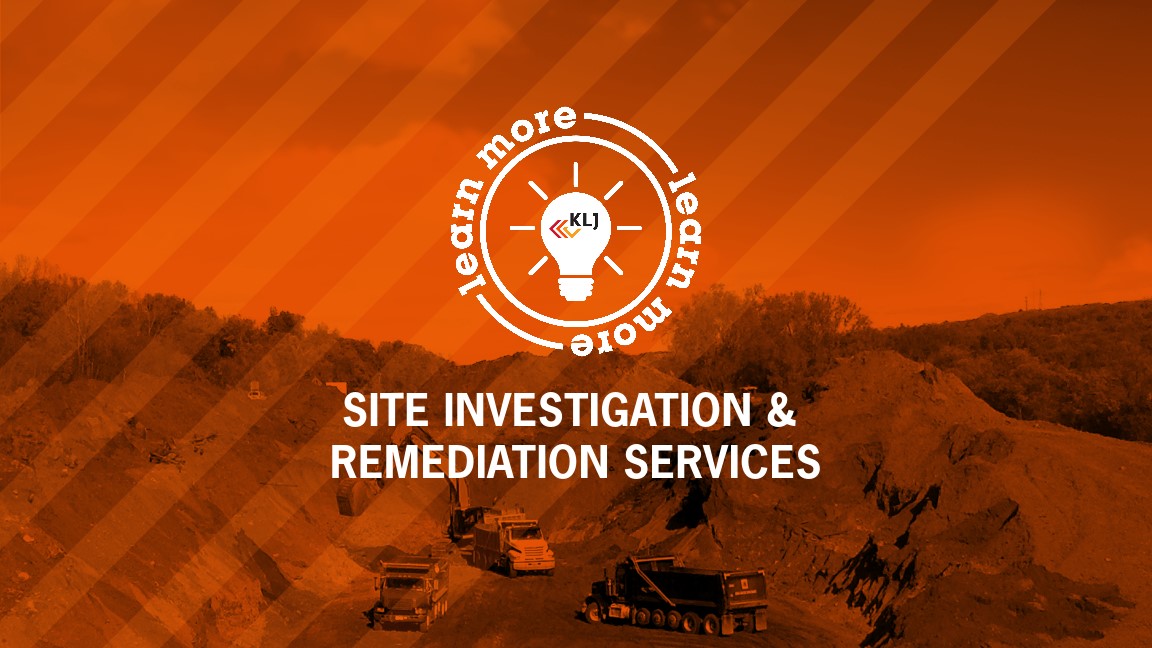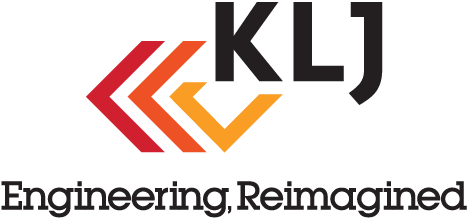Importance of Environmental Remediation

Environmental remediation is an important aspect of engineering safe and reliable infrastructure projects. Remediation is the process of removal and cleanup of hazardous substances including contaminants or pollutants from water (groundwater and surface water), soil, and other media.
These contaminants may include heavy metals, petroleum hydrocarbons or vapors, pesticides, and radioactive materials that are removed for the safety and well-being of public health. Environmental remediation is also required and enforced by several regulatory entities before land transfers and development on the property can take place.
KLJ’s Environmental team conducts extensive environmental remediations each year. Our team reviews, investigates, and remediates potentially contaminated properties prior to property transfers or prior to development utilizing a meticulous process. The process can be summarized in these three steps.
Step 1 – Phase I of Environmental Site Assessments (ESAs)
An ESA report is completed to research current operations and note historical uses of a property when transferring or purchasing commercial real estate. These reports identify potential soil, water, and vapor impacts of the property. Our team at KLJ has completed countless Phase I ESAs and is skilled at satisfying All Appropriate Inquiries (AAI) and performing needed requirements under the Comprehensive Environmental Response, Compensation and Liability Act (CERCLA). Included in this first phase of an ESA is a site visit and interviews with personnel familiar with the property, and documenting recommendations of next steps with regards to property acquisition or development.
Step 2 – Phase II of Environmental Site Assessments
If contamination is known or suspected at the property, KLJ’s trained and certified team will conduct Phase II ESAs where samples are collected of the potentially impacted media for laboratory analysis or field testing. Phase II will identify and evaluate the presence of all impacted media to further evaluate or manage potential risk and liability.
Step 3 – Remedial Action Plans/Cleanup Plans, and Implementation
A remedial action plan (RAP) is a document or guidelines that summarize the potential problems and solutions for an environmental issue and proposes engineering and geological recommendations to perform contamination cleanup actions. A Cleanup Action Plan (CAP) is a document noting cleanup standards, methods, recommendations, and requirements at a particular project site.
With in-house engineering and computer aided drafting services, KLJ’s team can provide extensive experience in preparation and implementation of site-specific cleanup plans managing impacted media including soil, groundwater, soil vapor, and other regulated or hazardous waste materials.
KLJ believes that environmental due diligence is key to successful projects, and we strive to provide best-practice environmental and cultural resources services. For more information regarding KLJ’s environmental remediation processes or to learn more about our environmental services, please contact Amanda Krieger - ND, Dan Rangitsch - MN/SD, Nick Sovner - CO/MT/WY, or visit our website.
